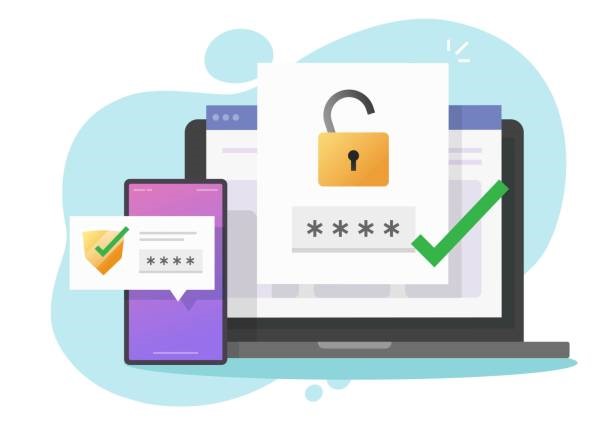#Build Certainty in Customer Onboarding with Document Verification Process
Discover how the online document verification process enhances identity verification, establishes trust in firms, and improves customer onboarding.

Table of Contents
As digitization increases in the financial sector, it becomes essential for financial institutions to provide customers with an accessible user experience and a reliable service. Digitization should increase a customer’s trust due to the transparency it brings to a system. However, recent trends indicate that rising identity fraud, impersonation attacks, and similar scams can cripple a company’s reputation. Businesses should rethink customer journeys, especially during onboarding. Since identity theft occurs at this phase, it becomes imperative to strengthen it with an advanced solution, such as an online document verification process. This guide offers an in-depth look at how document checking helps establish trust in a company by enhancing identity verification solutions.
Common Identity Verification Methods
Even though 2023 is not halfway done, the Federal Trade Commission received 1.4 million identity fraud cases. An even more alarming report suggests total losses due to identity fraud and theft can reach $10.2 billion. Besides the document verification process. the most common digital identity verification solutions prevalent in the industry are:
- Biometric Verification – This is the most widely known method and includes fingerprint and facial recognition. In the finance industry, most banks now use biometrics to offer access to their products in mobile applications.
- One-Time Passcode – Normally referred to as OTPs, these passcodes are sent to the applicant during the onboarding or critical stages. As the name suggests, their security focuses on their one-time usage.
- Knowledge-Based Authentication – The customer or user must answer a question or multiple questions to access the system.
- Two-Factor Authentication – Otherwise known as 2FA, this method utilizes two factors to verify the customer’s identity. For instance, a company can pair a password with knowledge-based authentication to enhance the system’s security.
Document Verification Process
As discussed above, there is a range of identity verification options for businesses to choose from. However, the document verification process remains one of the most robust and potent methods for this purpose. In terms of financial institutions, since banks still mainly deal in paper processes, such as invoices, bank statements, and customer onboarding, the document verification process is more important than ever. In 2023, when fraud and identity theft cases are on the rise, it becomes imperative to pair standard verification methods with document attestation. These technology combinations make it possible for financial institutions to verify and validate the identity of users accurately.
Traditionally, bank staff checks the documents manually. However, it requires the customer to physically travel to the bank and spend a long time in queues for account opening. On the other hand, an automated document verification process significantly decreases the time needed for such operations.
Stages in Online Document Verification
Typically, a financial institute directly implements the document verification process in the user application. For instance, document authentication will be implemented at the onboarding step if a customer wants to open a bank account. Here are the stages in a modern document verification process:
Stage 1: Document Capture
In this first stage, the application prompts the user to capture and upload pictures of the document. The application provides a feature for capturing images. Otherwise, the user can upload files from the local device storage. The required documents can vary depending on the customer region, but a national identity card, driver’s license, and passport are the most common. After receiving the images, the system performs image quality checks to ensure credentials visibility.
Stage 2: Analysis
The data is first extracted from the images using artificial intelligence during the document verification process. If there are multiple documents, the data points are corroborated to ensure maximum validation. Then, the system performs a deep scan for alterations or outright forgeries. The analysis also establishes the authenticity of the provided documents frauds. The system opens the account for the customer if the data matches and no red flags are present.
Differences in Document Analysis Stage
Modern identity verification solutions provide multiple options for document verification process. The simplest one involves a thorough check of text on the files. During this analysis, the first check involves font usage and consistency. Moreover, it can also scan for data comparison, checksum, and font type verifications.
The second tier involves the analysis of patterns and security features. For instance, the process can include checks for print technique, rainbow patterns, the appearance of the photo on the document, and chip position.
Final Thoughts
Financial institutions are facing an increase in identity fraud and theft cases. Even though digitization offers ease of access to the user, scams put the entire industry at risk. Therefore, firms must update their current methods and implement a combination of verification solutions to provide advanced user security. However, it is also essential not to sacrifice the customer experience in the name of security. For this purpose, firms should include a document verification process in the onboarding process to streamline operations.
by Jessica Smith
If you liked the article, do not forget to share it with your friends. Follow us on Google News too, click on the star and choose us from your favorites.
For forums sites go to Forum.BuradaBiliyorum.Com
If you want to read more like this article, you can visit our Technology category.




